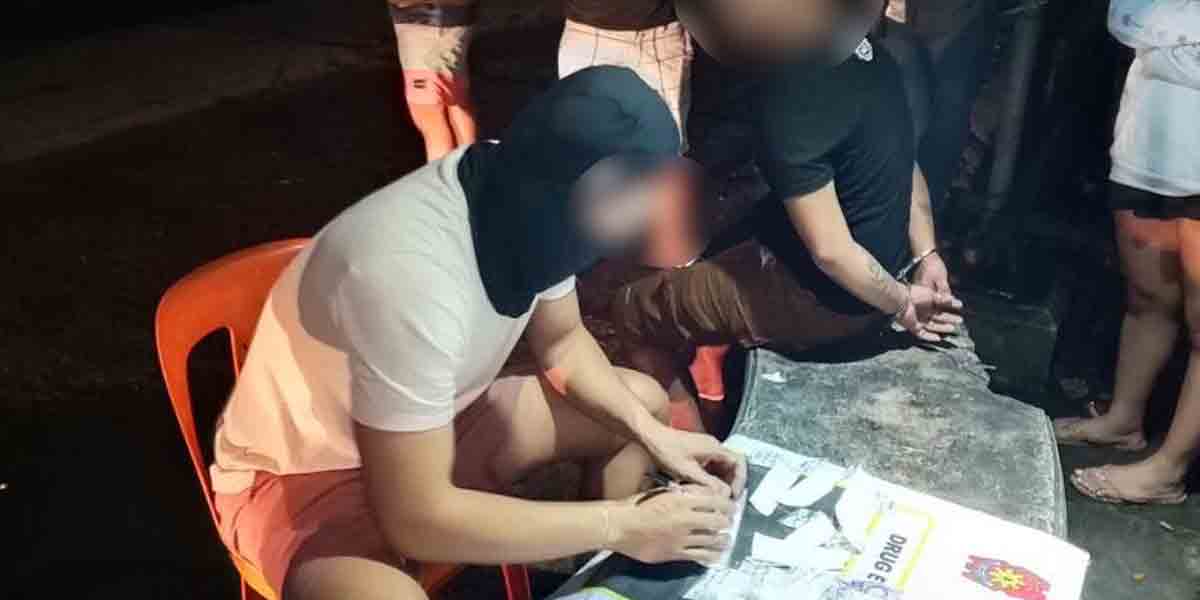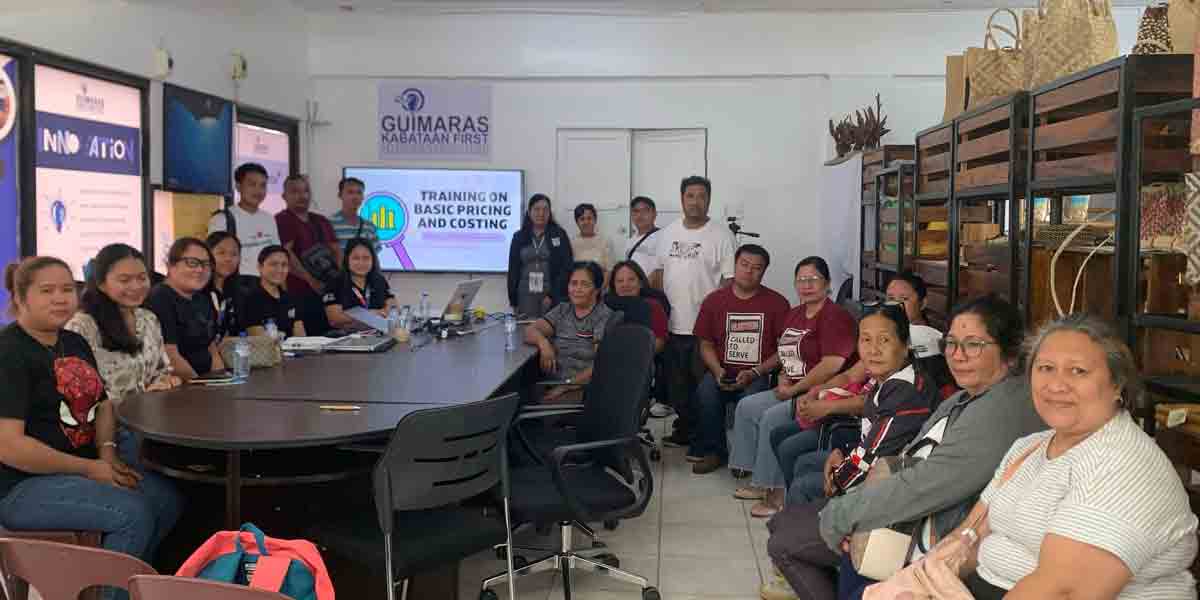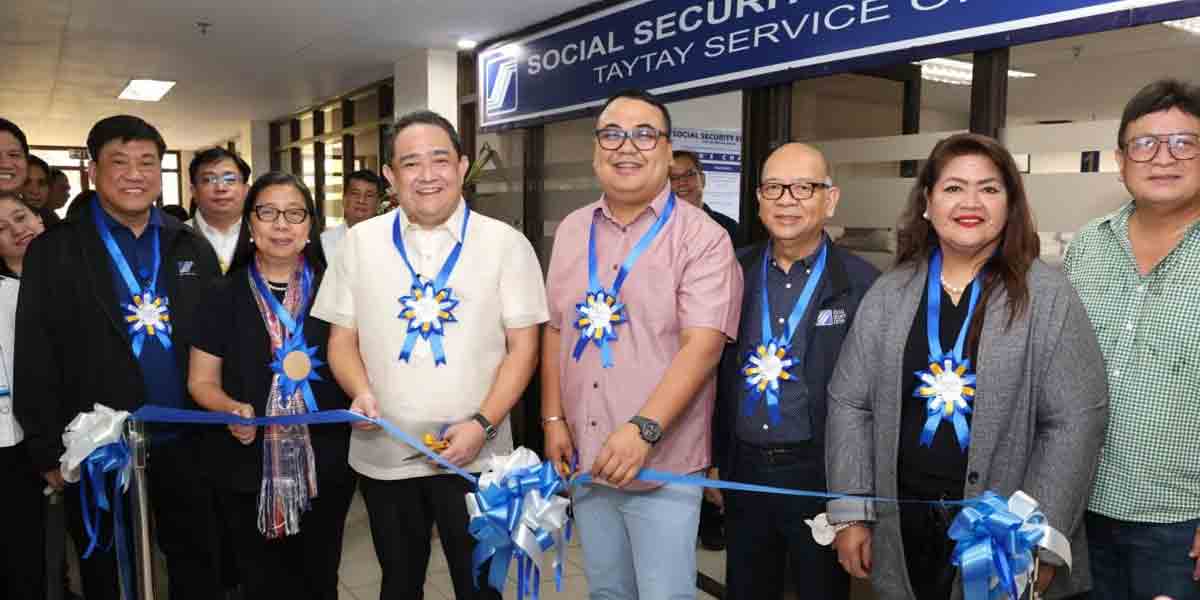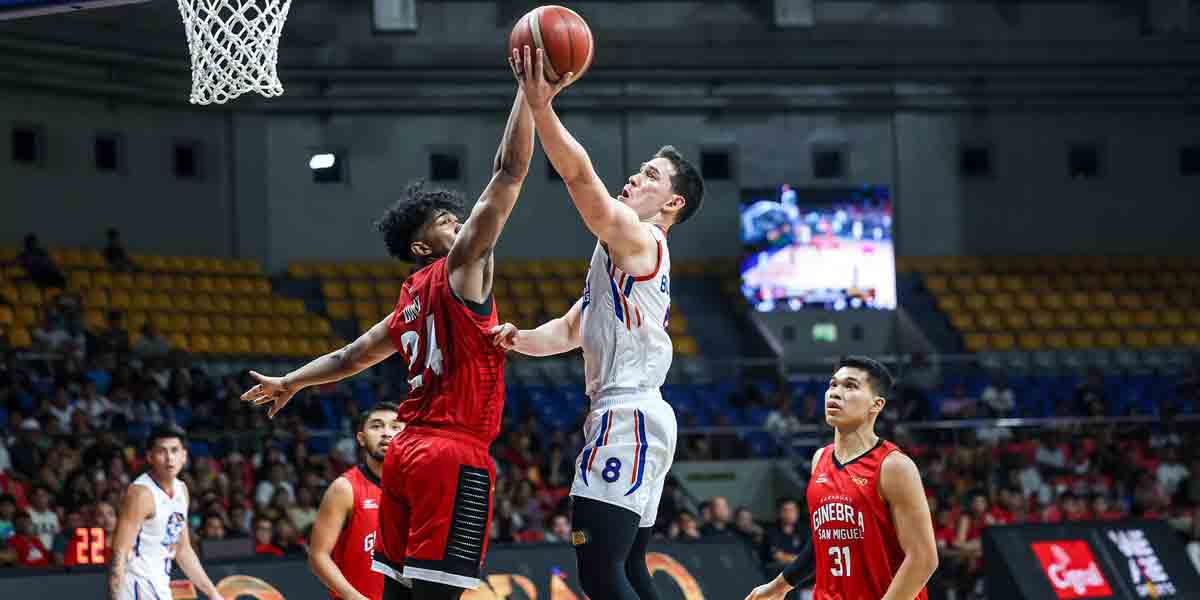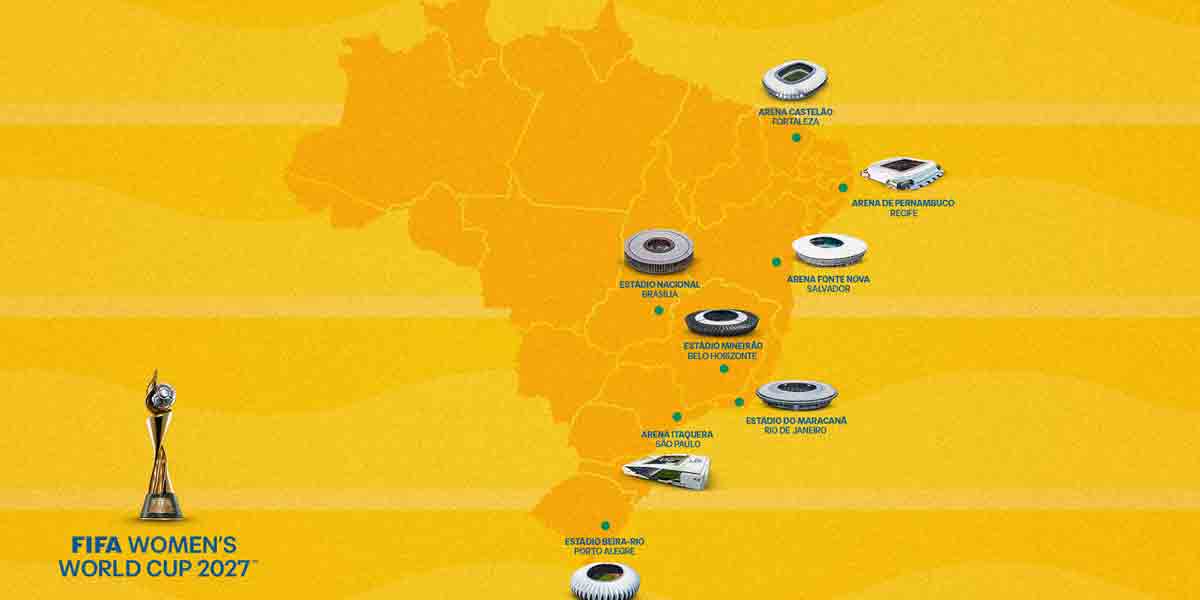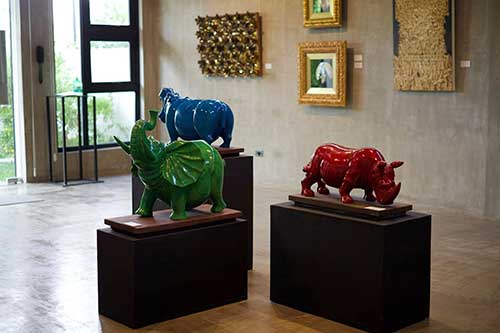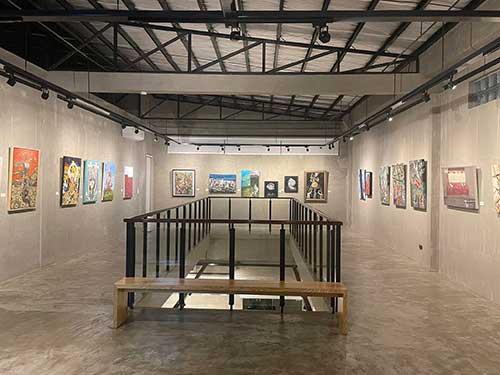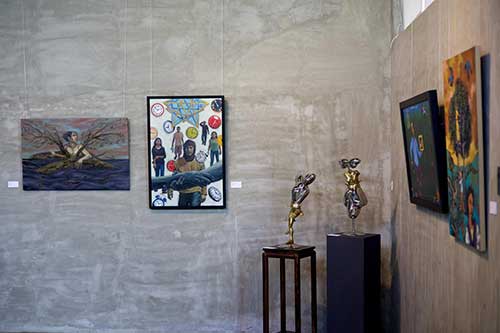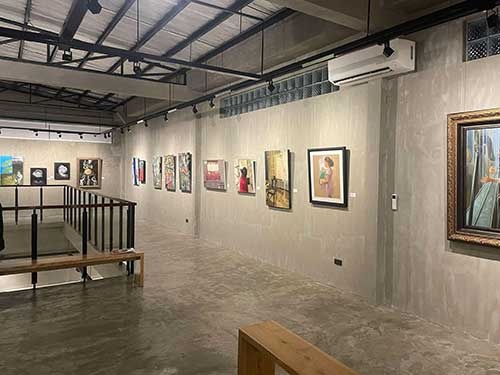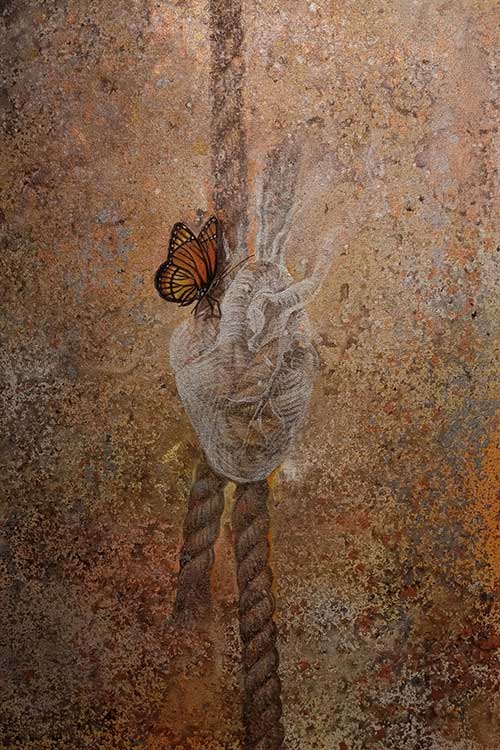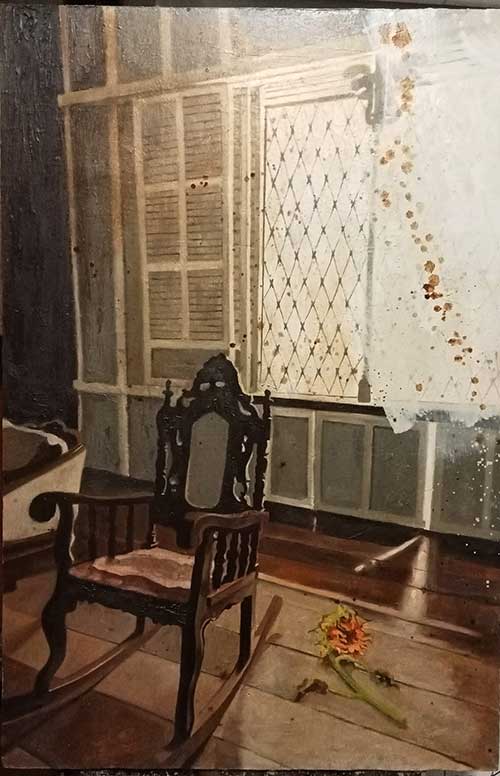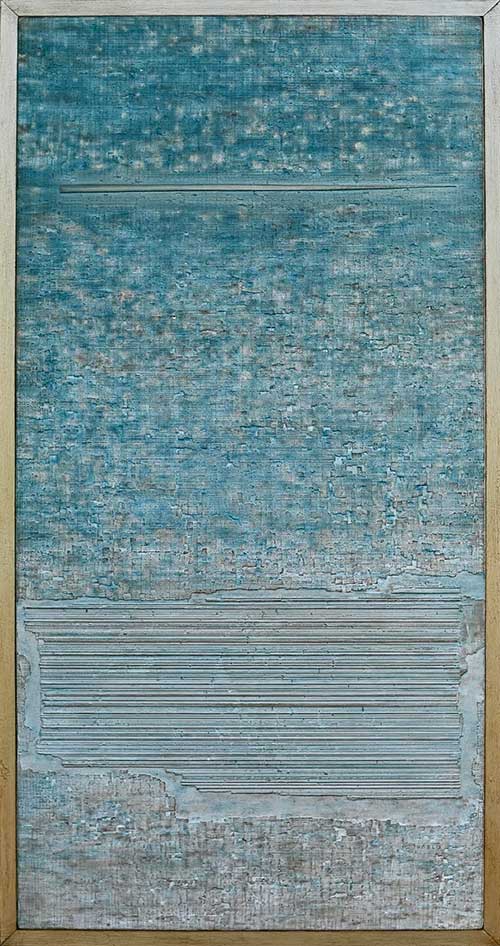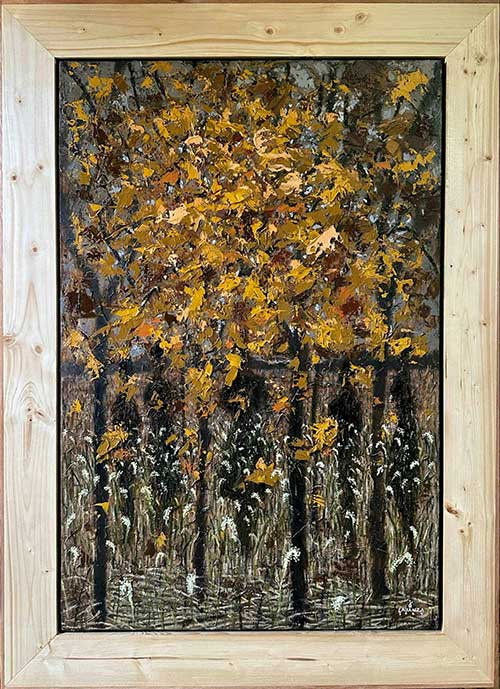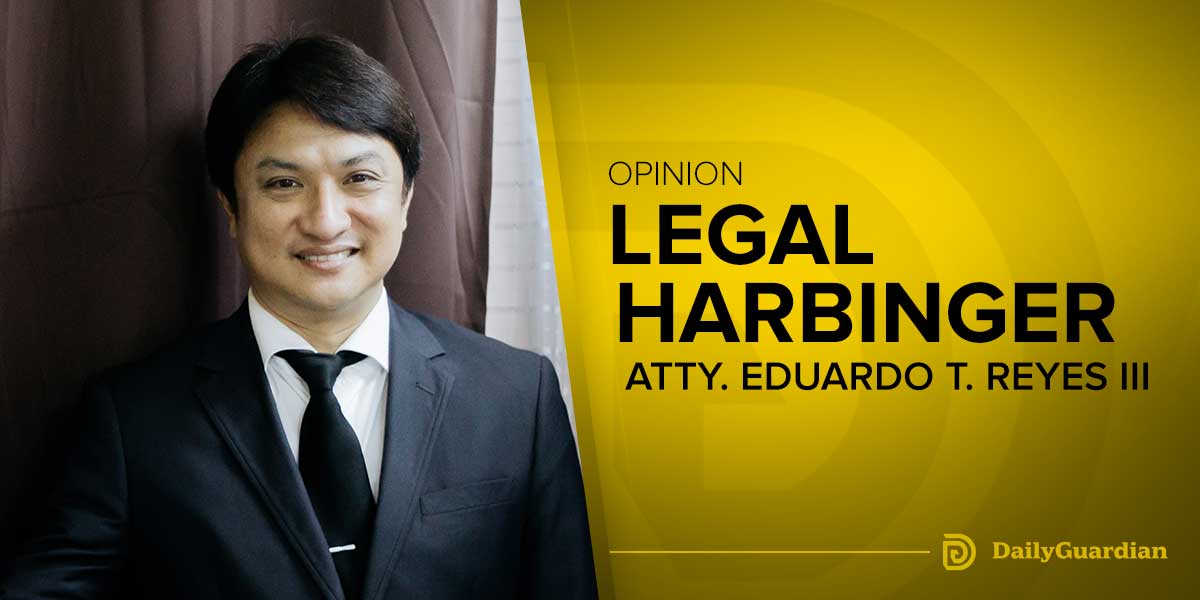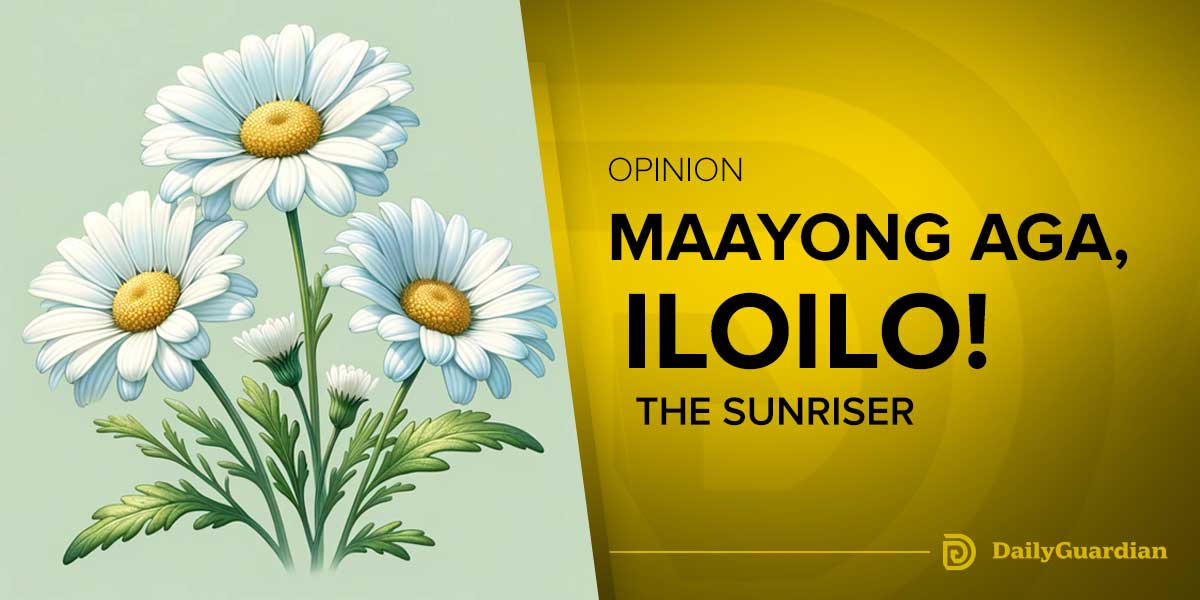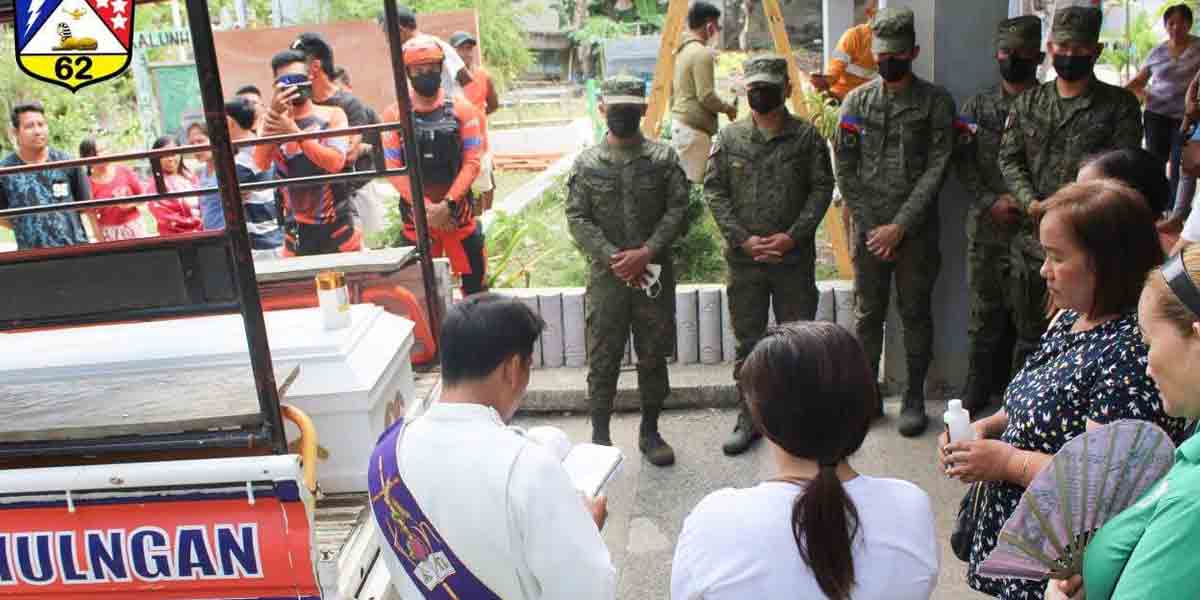By John Anthony S. Estolloso
LAST DECEMBER 14 witnessed the vernissage of a new art exhibit at the Adoro Gallery Museum: Dagyaw 2024. Running on its second year, it showcased artworks from 48 local and international artists, with pieces ranging from representational art to abstracts and installations.
Conceived primarily as a fund-raising art show with partner organizations (Assumption Iloilo Educational Foundation, Inc. and the Valencia Family Foundation, Inc. for this season), Dagyaw art exhibit puts artist, artwork, and advocacy on the limelight, providing the former with a public platform to present and subject their art to appraisal and discourse while raising monies to help the community as well. With Mr. Edwin Valencia at the helm of the gallery, the event has served to become a shared space for both art enthusiasts and artistes.
For dagyaw, in its cultural sense, is the coming together of things. It is the Ilonggo equivalent to bayanihan, and traditionally refers to the construction of structures where volunteers readily put in effort and skill to put up a dwelling place. In a figurative sense, it is the work of many hands, very much like the collection of artworks on display at the gallery.
A cursory glance at the various framed pieces and installations substantiates this. The wall-text speaks of this dynamism: “The various flavors of circumstances and experiences. The vibrant interpretations of what-ifs and could-have-beens. The subtle interplays between lights and shadows. The corpus and corporeality of the human figure. The emphases and distortions of human identity. The figurative iterations of the sacred and the secular. The spectrum of things fantastical and moribund. The juxtaposed anachronisms of the classical with the avant-garde. The aesthetic explorations ranging from the representational to the abstract. The exposition of ideas and ideologies through scenes and installations. The clashes and harmonies of colors, lines, hues, shades, and geometries.”
One can but pick choice details from the plethora of art. A canvas by Mark Rene Nativo blossoms colorfully, in stark contrast to his usually dun canvases of whites, grays, and blacks. Impressionist landscapes rendered in heavy impasto hang alongside a flourish of flowers and leaves by Katelyn Miñoso and the autumnal foliage of Jirah Labanza’s art. Sonny Tolentino’s vignette of a young reader engrossed deep in literature provokes a contemplative moment amid the splash of frenetic colors surrounding the frame. Arel Zambaranno’s assembled tapestry of woven canvas and measuring tape (yes, you read that right) accompanies Antipas Delotavo’s watch-wreathed figures. Allain Hablo’s minimalist hues of blues and grays watch stolidly at the corner. All these and more.
Far be it for the writer to encapsulate the sundry catholicity of the exhibit as incoherent eclecticism, the contrary is a more valid reading of the displays. As the final line and query of the wall-text aptly puts it, it is ‘in the eclecticism of the exhibit [where] lies the universality of art, transcending the liminal boundaries of regional cultures and genres – and if this does not speak of dagyaw, what else is there that would best exemplify its spirit in art?’
* * * * *
Dagyaw Art Exhibit 2024 will be on show until February 7 next year. Visitors to the gallery are advised to set an appointment with the curator prior their visit.
(The writer is the subject area coordinator for Social Studies in one of the private schools of the city. The photos are from the artists and are used with their permission.)



